How To Install Camera ?
The process of installing a camera may vary depending on the type of camera and the device you are using. However, in general, you will need to follow these steps:
1. Choose the location: Decide where you want to install the camera and make sure it is within range of your Wi-Fi network.
2. Mount the camera: Use the mounting hardware that comes with the camera to attach it to the wall or ceiling.
3. Connect the camera: Follow the manufacturer's instructions to connect the camera to your Wi-Fi network.
4. Install the software: Download and install the camera's software on your computer or mobile device.
5. Configure the camera: Use the software to configure the camera's settings, such as motion detection and recording options.
6. Test the camera: Make sure the camera is working properly by testing it in different lighting conditions and checking the video feed.
7. Monitor the camera: Use the software to monitor the camera's video feed and receive alerts when motion is detected or other events occur.
1、 Camera types and features
How to install camera:
Installing a camera can be a simple process if you follow the instructions provided by the manufacturer. Here are some general steps to follow:
1. Choose the location: Decide where you want to install the camera. It should be in a place where it can capture the area you want to monitor.
2. Mount the camera: Use the mounting bracket provided by the manufacturer to attach the camera to the wall or ceiling. Make sure it is securely fastened.
3. Connect the cables: Connect the power cable and any other cables required for the camera to function properly. Follow the manufacturer's instructions carefully.
4. Configure the camera: Once the camera is connected, you will need to configure it. This may involve setting up the camera's IP address, adjusting the camera's settings, and setting up any alerts or notifications.
5. Test the camera: Once the camera is installed and configured, test it to make sure it is working properly. Check the camera's view and make sure it is capturing the area you want to monitor.
Camera types and features:
There are many different types of cameras available, each with its own set of features. Some of the most common types of cameras include:
1. Dome cameras: These cameras are typically used for indoor surveillance and are mounted on the ceiling. They are discreet and can be difficult to tamper with.
2. Bullet cameras: These cameras are typically used for outdoor surveillance and are mounted on walls or poles. They are weatherproof and can withstand harsh conditions.
3. PTZ cameras: These cameras can pan, tilt, and zoom, allowing you to monitor a larger area. They are often used in large outdoor spaces.
Some of the latest features available in cameras include:
1. High-resolution video: Many cameras now offer high-resolution video, allowing you to capture clear images and video footage.
2. Night vision: Cameras with night vision capabilities can capture clear images even in low-light conditions.
3. Motion detection: Cameras with motion detection can alert you when there is movement in the area being monitored.
Overall, when choosing a camera, it is important to consider your specific needs and the features that will best meet those needs.
2、 Choosing the right location
Choosing the right location for your camera is crucial to ensure that it captures the intended area and provides clear footage. Before installing the camera, consider the purpose of the camera and the area you want to monitor. For example, if you want to monitor the front door of your house, the camera should be placed at a height that captures the face of anyone who approaches the door. Similarly, if you want to monitor a large area, such as a parking lot, you may need multiple cameras placed strategically to cover the entire area.
When choosing the location, consider the lighting conditions, as well. Cameras perform best in well-lit areas, so make sure the camera is not facing directly into the sun or other bright light sources. Additionally, consider the weather conditions in your area. If you live in an area with extreme temperatures or frequent rain, choose a camera that is weather-resistant and can withstand harsh conditions.
Once you have chosen the location, it's time to install the camera. The installation process may vary depending on the type of camera you have, but generally, it involves mounting the camera on a wall or ceiling and connecting it to a power source and a recording device. Follow the manufacturer's instructions carefully to ensure that the camera is installed correctly and functions properly.
In conclusion, choosing the right location for your camera is essential to ensure that it captures the intended area and provides clear footage. Consider the purpose of the camera, the lighting and weather conditions, and follow the manufacturer's instructions carefully when installing the camera.
3、 Mounting and wiring the camera
Mounting and wiring the camera is an essential step in installing a camera. Before starting, it is important to choose the right location for the camera. The camera should be placed in a position that provides a clear view of the area you want to monitor. Once you have chosen the location, you can start mounting the camera.
To mount the camera, you will need to use the mounting bracket that comes with the camera. The bracket should be attached to the wall or ceiling using screws. Once the bracket is securely attached, you can attach the camera to the bracket.
After mounting the camera, you will need to wire it. The camera should come with a power cable and a video cable. The power cable should be connected to a power source, such as an electrical outlet or a power supply. The video cable should be connected to a video recorder or a monitor.
It is important to ensure that the wiring is done correctly to avoid any issues with the camera. If you are not familiar with wiring, it is recommended to seek the help of a professional.
In the latest point of view, some cameras come with wireless capabilities, which eliminates the need for wiring. These cameras can be connected to a Wi-Fi network and can be accessed remotely using a smartphone or a computer. However, it is important to ensure that the Wi-Fi signal is strong enough to support the camera's connection.
4、 Connecting to power source and network
Connecting to power source and network is the first step in installing a camera. The camera needs to be powered up to function, and it also needs to be connected to a network to transmit the video feed. The power source can be either a power outlet or a PoE (Power over Ethernet) switch. If using a power outlet, make sure to use the correct voltage and amperage for the camera. For PoE, ensure that the switch is compatible with the camera and that the Ethernet cable is connected properly.
Once the camera is powered up, it needs to be connected to a network. This can be done either through a wired or wireless connection. For a wired connection, connect the Ethernet cable to the camera and the network switch or router. For a wireless connection, follow the camera's instructions to connect to the network.
It is important to note that some cameras may have specific installation requirements or software that needs to be installed on a computer or mobile device. It is recommended to read the camera's manual or contact the manufacturer for specific instructions.
In the latest point of view, some cameras now come with easy-to-use mobile apps that guide users through the installation process. These apps can also provide remote access to the camera's video feed and settings. Additionally, some cameras now have advanced features such as facial recognition and motion detection, which may require additional setup and configuration.

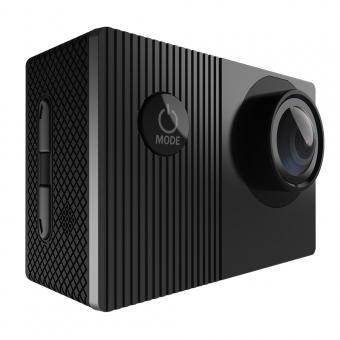




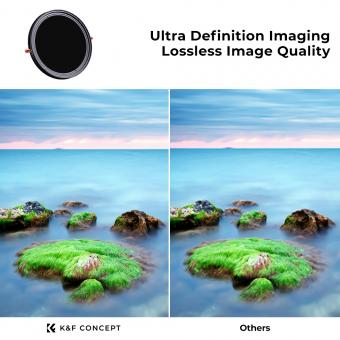




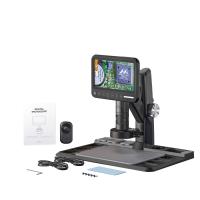
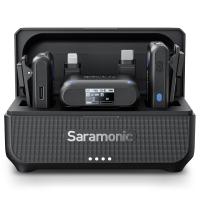
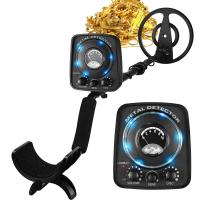



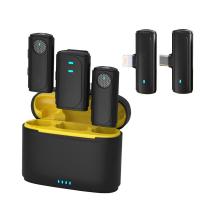
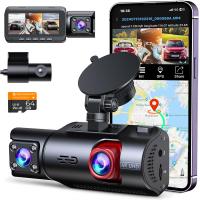
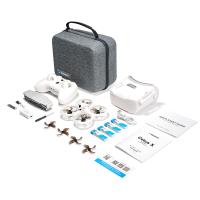
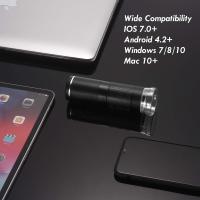
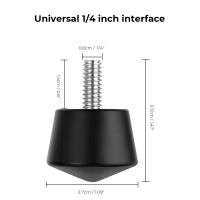
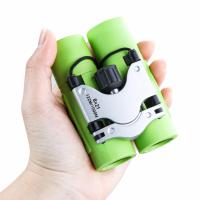
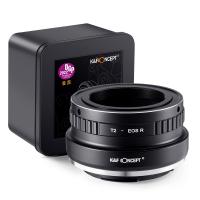
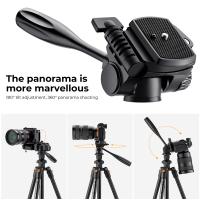


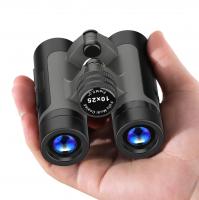
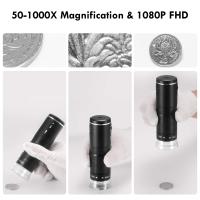

There are no comments for this blog.